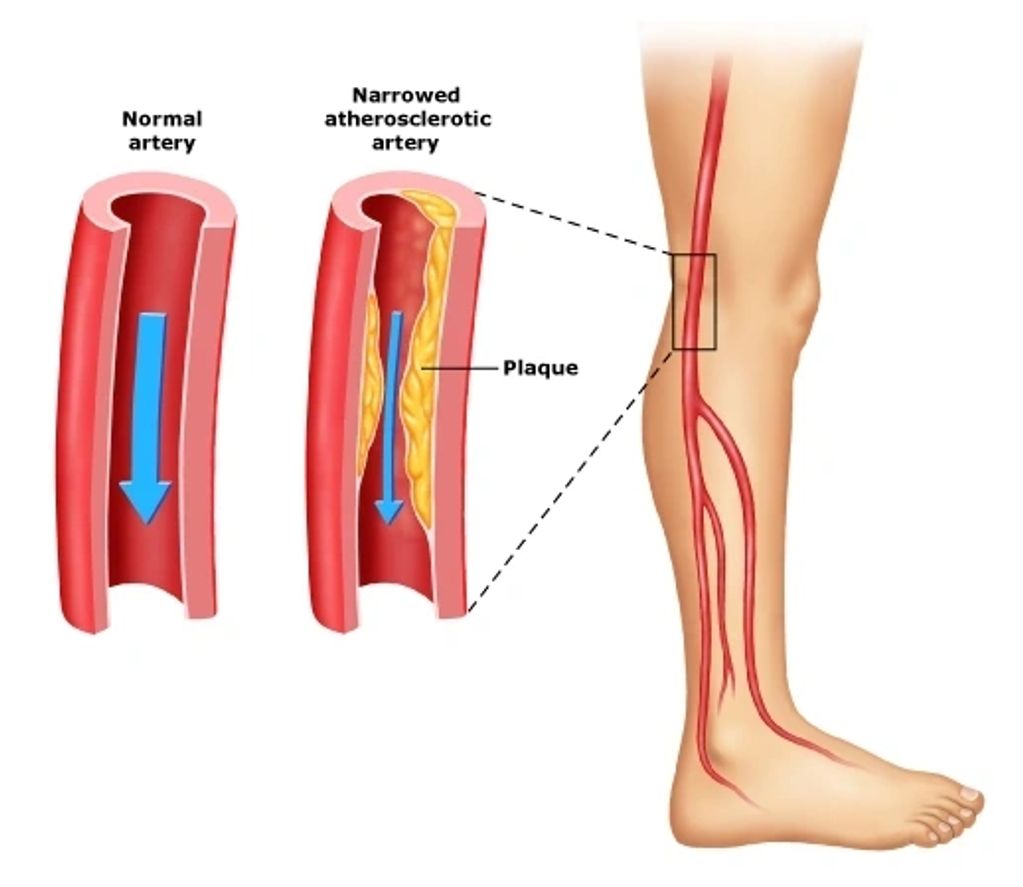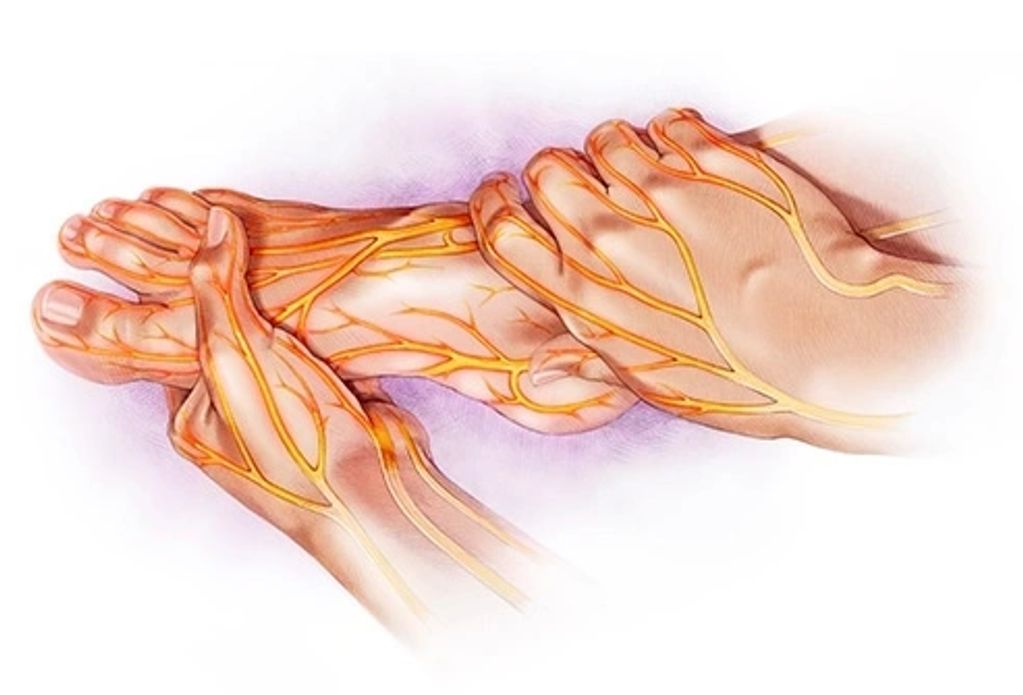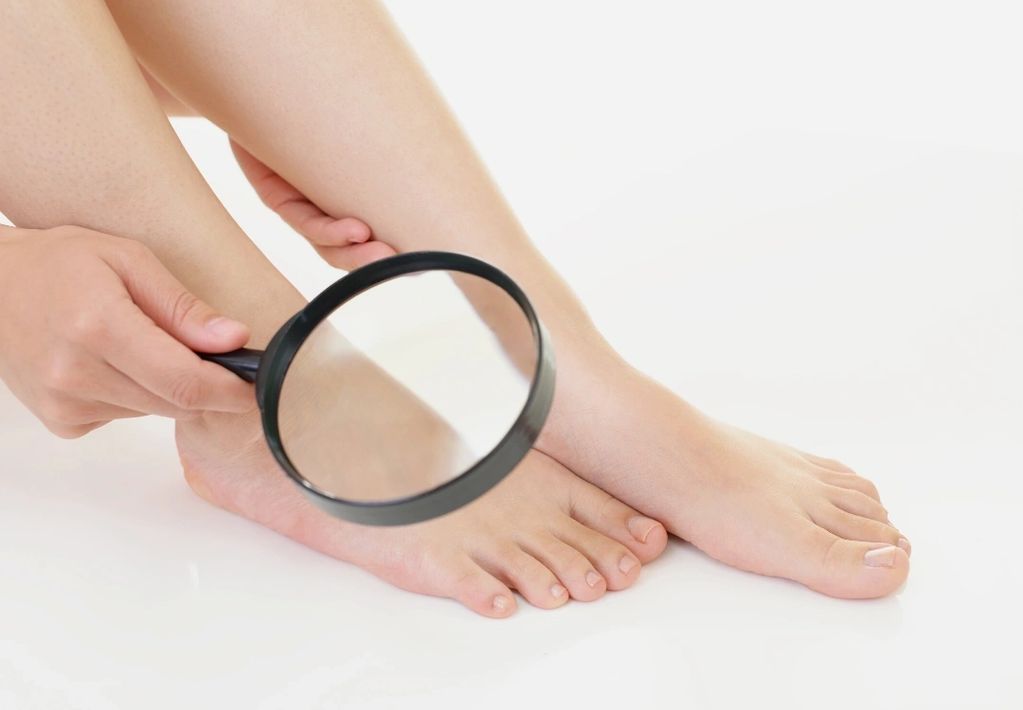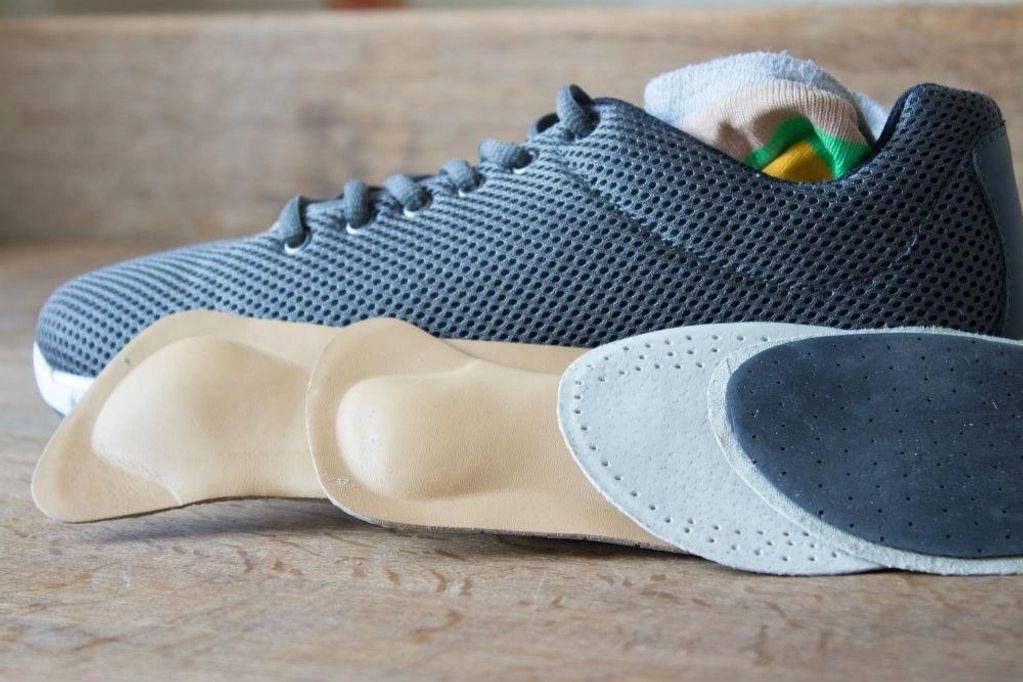Feet with diabetes
Diabetes can have serious affects on your feet. It is important to have annual ‘Diabetes Foot Checks‘ to ensure you prevent or lower your risk of getting foot complications like gangrene and ulcers. Painless, and no needles needed!
book now
EFFECTS OF DIABETES
Blood Circulation
Diabetes can affect the circulation of blood to your feet. When this occurs, cuts and sores on your feet may take a long time to heal or not heal at all. An early sign of poor blood circulation to the feet may be pain or cramps in the backs of your legs when walking. Poor blood supply can occur due to hardening or narrowing of arteries as they become clogged up. Increased risk of this can occur with smoking, increase sugars in the blood and high cholesterol.
Just as your check your eyes for Diabetes every year with the Optometrist, it is important to check your feet for Diabetes every year with your Podiatrist. It is important to do this to check your feet’s overall health, circulation and nerve supply to lower your risk of severe complications with Diabetic foot ulcers, gangrene and other foot complications.

Nerve Supply
Nerves are the wiring of the body. They care messages (feelings) from your body to your brain, they tell your brain that you are ‘feeling’ something. The nerves in your toes and feet are most likely to be affected by Diabetes.
Damaged nerves (neuropahty) due to Diabetes can cause pain, tingling, pins and needles, numbness and burning sensations in your feet, which get worse at night. In chronic cases, you may lose all feelings in your feet. Minor cuts, blisters or burns may not be felt and ulcers can develop, which you may not be aware of.
It is important to remember that many people with nerve damage have no symptoms and are unaware of the problem. Nevertheless, they are still at risk of developing ulcers, which is why it is important to get annual diabetic foot checks with your expert Podiatrist.
Things to be careful of:
- Check temperature of your bath water with elbow before getting into the bath.
- DO NOT put your feet too close to heaters.
- Avoid electrical blankets when sleeping.

HOW TO PROTECT YOUR FEET
Daily Foot Check
It is important to check your feet regularly to ensure you seek medical attention when necessary to prevent severe complications with your feet. Ensure you see your GP or Podiatrist if you find any of the following:
Look out for:
- Infections – red, hot, swollen, pus.
- Cuts, wounds, open skin
- Gangrene – blister, blue skin, dark scab, discolouration, or ulcers
- Non-healing wounds, scabs or opening in the skin
- Moisture between your toes
If you have noticed gangrene, non-healing wound, or infection, ensure to place a dressing/bandaid on the affected area and see your GP urgently.

Foot Hygiene
Ensuring you have good foot hygiene habits can help reduce your risk of foot complications with Diabetes:
- Wash your feet daily and dry well between the toes.
- Use methylated spirits if there is a lot of moisture between your toes.
- Moisturise dry skin, especially cracked heels (for example, with sorbolene cream) but not between the toes.
- Keep toenails trimmed. Cut toenails along the shape of the toe and file rough edges.
- Get corns and calluses treated by your Podiatrist.

Shoes
People who have Diabetes need to be extra cautious with their feet as their sensation in their feet and blood circulation may be reduced. Ensuring you have appropriate footwear and seamless socks will help prevent foot complications with your Diabetes. Things to remember:
- Never go barefoot.
- Wear appropriate shoes to protect your feet.
- Avoid injury by wearing well-fitting, protective shoes. DO NOT wear open-toed shoes.
MORE INFO ON DIABETES & YOUR FEET
All rights reserved to the Australian Podiatry Association (ApodA) – “The Australian Podiatry Association provides these fact sheets to help you learn more about your foot health and take better care of your feet! Please understand that they do not replace clinical advice, and we strongly advise you to see your podiatrist if you have any concerns.”
DOWNLOAD PDF NOW TO KNOW MORE INFO
Diabetes & Your Feet Ulcers
CONTACT US
Send us an e-mail:
This site is protected by reCAPTCHA and the Google Privacy Policy and Terms of Service apply.






